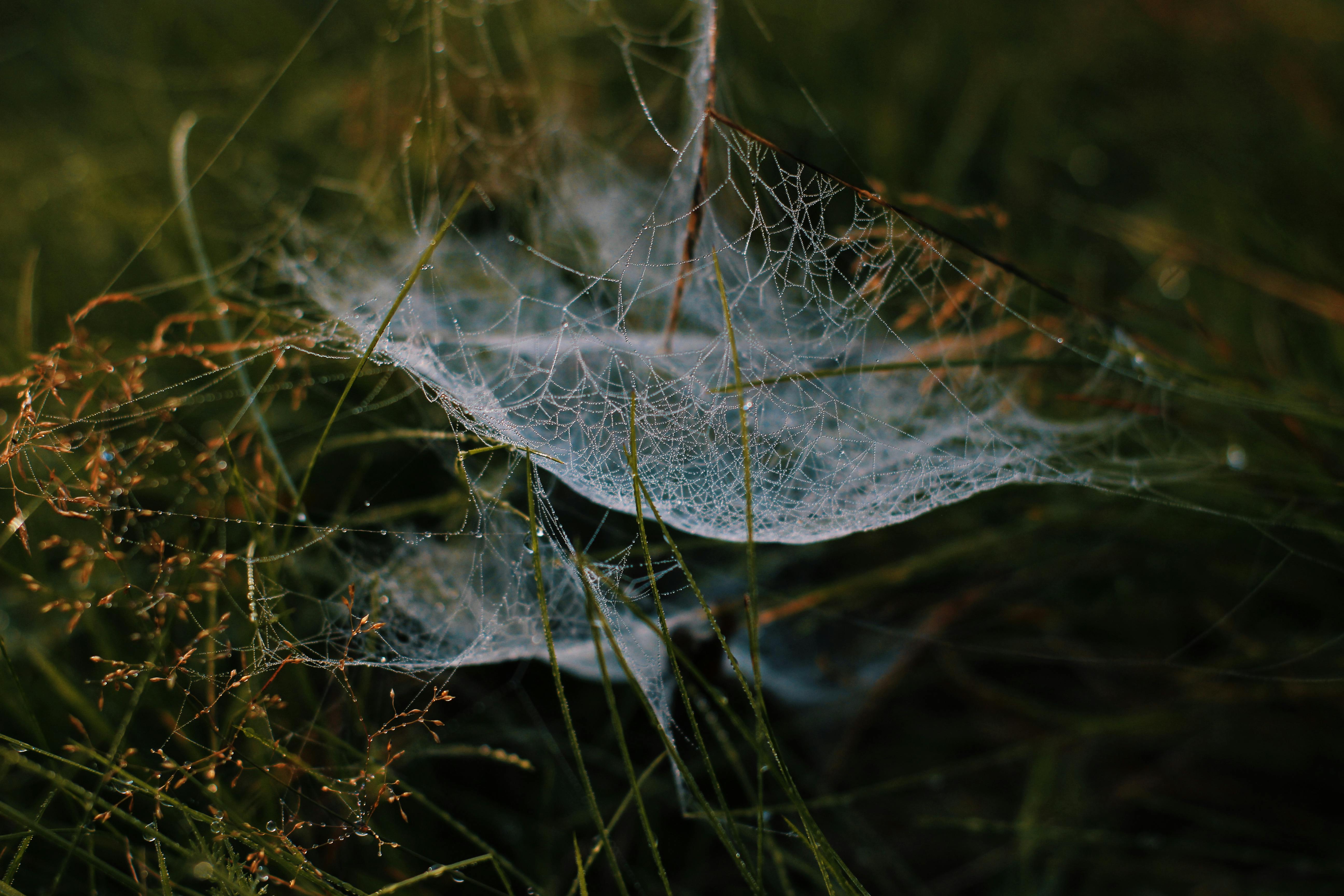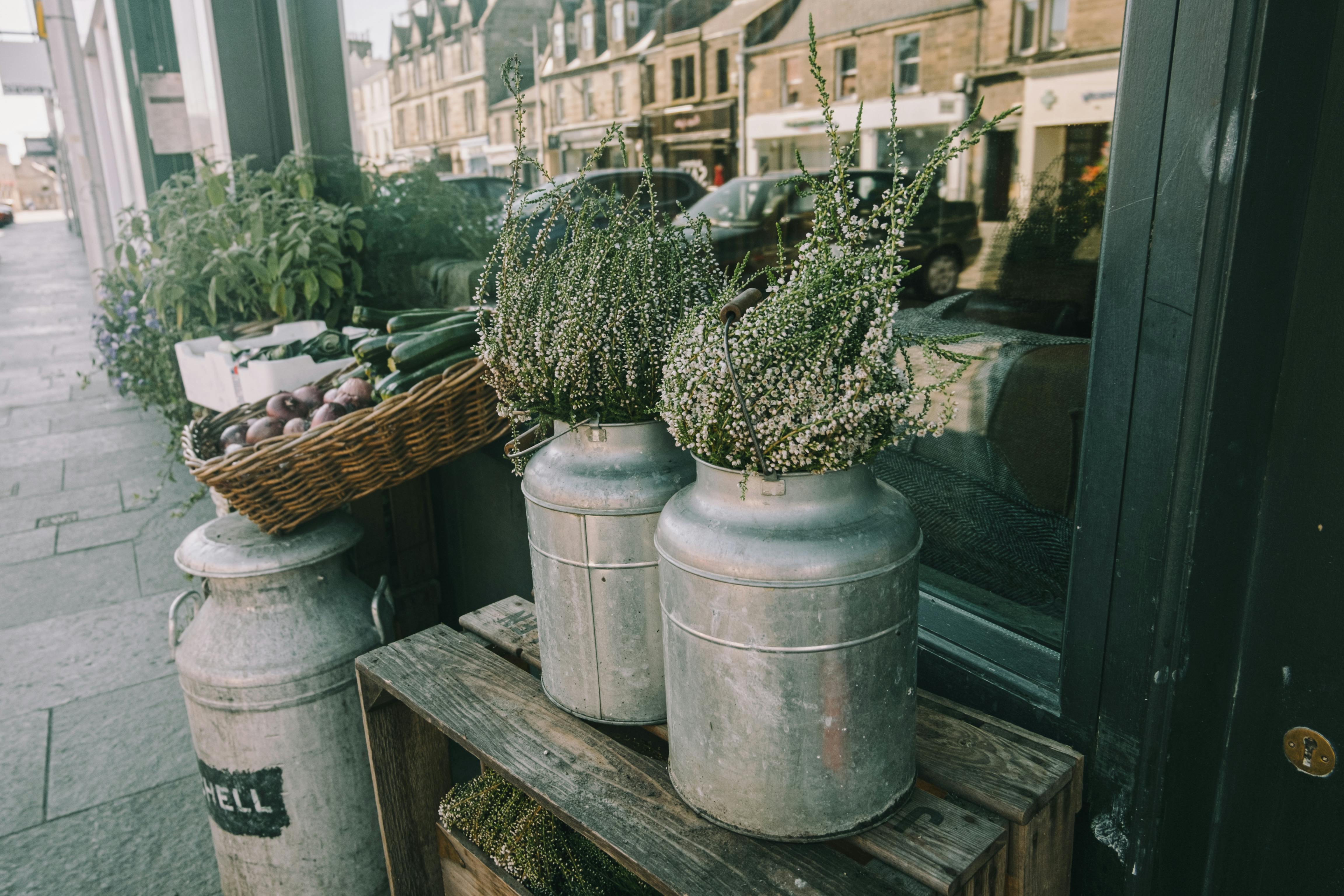Spider plants are a popular houseplant, but can you put them outside? In fact, spider plants are quite hardy and can be grown outdoors in many climates. They are easy to care for, tolerate a variety of growing conditions, and look great when planted in pots or hanging baskets. With proper care and maintenance, spider plants can thrive outdoors for many years. In this article, we’ll provide tips on how to successfully grow spider plants outside.The benefits of spider plants outside include improved air quality, reduced insect populations, and adding aesthetic beauty to outdoor spaces. Spider plants are known for their air-purifying qualities, as they help absorb toxins from the air and release oxygen in its place. They also reduce the presence of insects in outdoor areas by attracting them away from other areas. Additionally, spider plants add a touch of beauty to any outdoor area with their lush green foliage and delicate white flowers.
What Are the Requirements for Growing Spider Plants Outdoors?
Spider plants are a popular houseplant that can also be grown outdoors in warm, temperate climates. To successfully grow spider plants outdoors, you need to provide the right soil, light, and environment. The soil should be well-draining and amended with organic matter to help retain moisture. Spider plants require plenty of bright, indirect sunlight to thrive and do best when temperatures remain between 60-80°F. They also need protection from direct wind and harsh summer sun as their leaves may scorch or burn in too much heat. Additionally, spider plants will need regular watering during the growing season, but it’s important not to overwater them or let the soil become soggy as this can cause root rot. If you want your spider plants to look their best and stay healthy outdoors, make sure they are planted in an area that receives plenty of sunlight but is sheltered from strong winds.
When caring for spider plants outdoors, it’s important to keep an eye on them for signs of disease or pests. Spider mites can cause damage to the leaves if left unchecked while aphids may feed on the sap of new growth. If you notice any infestations, use insecticidal soap or neem oil to treat the affected plant parts. Additionally, check for signs of nutrient deficiencies such as yellowing or discolored leaves which can indicate a lack of nitrogen or other essential nutrients in the soil. Fertilizing once or twice a year with a balanced fertilizer can help remedy these problems and keep your spider plant looking its best all season long!
Is It Possible to Grow Spider Plants Outdoors in Your Climate?
Spider plants are a popular choice for indoor gardening, but with the right climate conditions, these versatile plants can also grow outdoors. Growing spider plants outdoors is possible in many climates, as long as the temperatures stay above freezing and there is plenty of sunlight. You will want to plant your spider plant in a location that receives full sun or partial shade. When it comes to soil, spider plants prefer slightly acidic or neutral soil with good drainage.
When planting a spider plant outdoors, it is important to water it regularly throughout the growing season. Spider plants prefer consistently moist soil but not soggy soil. It is also important to fertilize your spider plant once or twice during the growing season using a general-purpose fertilizer. Mulching around the base of the plant can help conserve moisture and keep weeds away from your spider plant.
In areas where temperatures drop below freezing during the winter months, you may need to bring your spider plant indoors during this time. You can also use protective materials like straw mulch or plastic covers over the top of your plant during cold spells to keep it from freezing and dying off.
Overall, growing spider plants outdoors can be successful in many climates as long as you follow the proper care instructions and keep an eye on temperatures that may be too cold for them. With some proper preparation and care, you should have no problem growing beautiful outdoor spider plants!
Preparing the Soil for Planting Spider Plants Outdoors
When it comes to planting spider plants outdoors, preparing the soil in advance is essential to ensure their health. To start, you should test the soil pH level and adjust accordingly. The ideal pH range for spider plants is 6.0 to 7.5, so if your soil tests too high or too low, you can add sulfur or lime to raise or lower the pH level respectively. You should also make sure your soil is well-draining and has enough organic matter to retain moisture without becoming waterlogged. Adding compost or aged manure can help improve drainage and provide essential nutrients for your plants. Finally, avoid using fresh manure as this can burn delicate roots and cause stunted growth.
Once your soil is ready for planting, it’s important to work it up by loosening and aerating with a garden fork or tiller. This will give the roots of your spider plant plenty of room to spread out and take hold in the soil more easily. You should also add a slow-release fertilizer such as bone meal or fish emulsion at this stage for an extra boost of nutrients that will last throughout the growing season. When everything is prepped, it’s time to plant your spider plants! Dig a hole that’s slightly larger than the root ball, place the plant in it, and backfill with loose soil. Water well after planting and enjoy watching your spider plants thrive!
How Often Should You Water Spider Plants Outside?
Watering spider plants outside can be tricky. During the summer months, they need more water than during the winter. This is because during the summer, temperatures are higher and the sun is stronger, which can dry out the soil quickly. During the winter months, rainfall is usually enough to keep your spider plants healthy. In general, you should water your spider plants outside about once a week during the summer and once every two weeks in the winter.
If you live in an area that receives very little rainfall, you may need to water your spider plants more often. If your area does receive some rainfall, then you may only need to water your plants every two weeks or so during the summer months. To check whether or not your plants need watering, you should stick your finger into the soil near the plant’s roots. If it feels dry a few inches below the surface, then it’s time to water them.
It is important to make sure that you are not overwatering your spider plants outside as this can lead to root rot and other fungal diseases. To avoid overwatering, make sure that you are using well-draining soil and that there are drainage holes in the bottom of any pots or planters that you are using for your spider plants. Additionally, make sure that you are not watering too frequently or too heavily; if there is standing water around the plant after watering it is likely getting too much moisture.

What Type of Light Does a Spider Plant Require When Placed Outdoors?
Spider plants are among the most popular houseplants and can also be successfully grown outdoors. When placed outdoors, they require bright but indirect sunlight. Direct sunlight may cause the leaves to become pale and yellow, so it is important to place them in a spot that receives bright light, but not direct sunlight. Spider plants also do best when they get at least four hours of light each day in order for them to thrive. If the plant is placed in a shady spot, it may not get enough light and become leggy or fail to thrive.
Potential Pests and Diseases of Outdoor Spider Plants
Outdoor spider plants are a popular choice for many gardeners due to their low maintenance needs and attractive foliage. However, as with any plant, there are potential pests and diseases that can affect their health. Common outdoor spider plant pests include aphids, mealybugs, scale insects, thrips, and whiteflies. These pests feed on the sap of the plant and can cause stunted growth or discoloration of the foliage.
In order to prevent or treat these pests, it is important to keep an eye out for signs of infestation such as discoloration of the foliage or small insects on the leaves. If you notice any signs of infestation, it is important to take action quickly in order to prevent further damage. Spraying insecticidal soap or neem oil on the plant can help to kill off any pests that may be present.
In addition to potential pest problems, outdoor spider plants can also be susceptible to various fungal diseases such as powdery mildew and root rot if they are not kept in an environment with proper drainage and air circulation. Powdery mildew is a white powdery substance that appears on the leaves caused by a fungus that thrives in damp conditions. Root rot is caused by overwatering or stagnant water around the roots which can cause them to become weak and die off.
If you suspect your outdoor spider plant has either one of these diseases it is important to take action quickly in order to save the plant from further damage or death. Treating powdery mildew requires removing all infected parts of the plant and spraying with fungicides such as neem oil or copper sulfate solution; while root rot should be treated by improving drainage around the roots, removing any rotting roots and treating with fungicides such as copper sulfate solution or potassium bicarbonate solution.
By regularly inspecting your outdoor spider plants for signs of pests or diseases you can help ensure they remain healthy and thriving throughout their life cycle.
Pruning Spider Plants
Spider plants (Chlorophytum comosum) are a popular houseplant and outdoor plant. Pruning is an important part of caring for spider plants, as it helps to keep them healthy and looking their best. Pruning can be done in the spring or fall, depending on the climate. It involves cutting off any dead or diseased leaves, as well as any stems that have become too long and are starting to droop. When pruning, make sure to use sharp gardening shears and avoid cutting too close to the base of the plant.
Fertilizing Spider Plants
Fertilizing your spider plants will help them grow and thrive. The best time to fertilize is during the growing season, which generally runs from early spring until late summer. Use a balanced fertilizer with equal parts nitrogen, phosphorus, and potassium. Apply it according to the instructions on the package and water it in well after applying. It’s also important to avoid over-fertilizing your plants as this can cause damage or even kill them.

Conclusion
Spider plants can make a great addition to any outdoor landscape. These hardy plants are easy to care for and can thrive in a variety of climates. They can be grown in containers, planted in the ground, or hung from baskets. Spider plants are both attractive and low-maintenance, making them a great choice for beginner gardeners. As long as the temperature stays above freezing and they receive enough water and sunlight, they will thrive outdoors. With the proper care, spider plants can provide years of enjoyment in your outdoor space.
Overall, spider plants are an excellent choice for outdoor gardens and landscapes. They are easy to care for and bring a splash of color to any space. Whether you plant them directly into the ground or hang them from baskets or containers, these hardy plants will add beauty to your outdoor area for many years to come.

